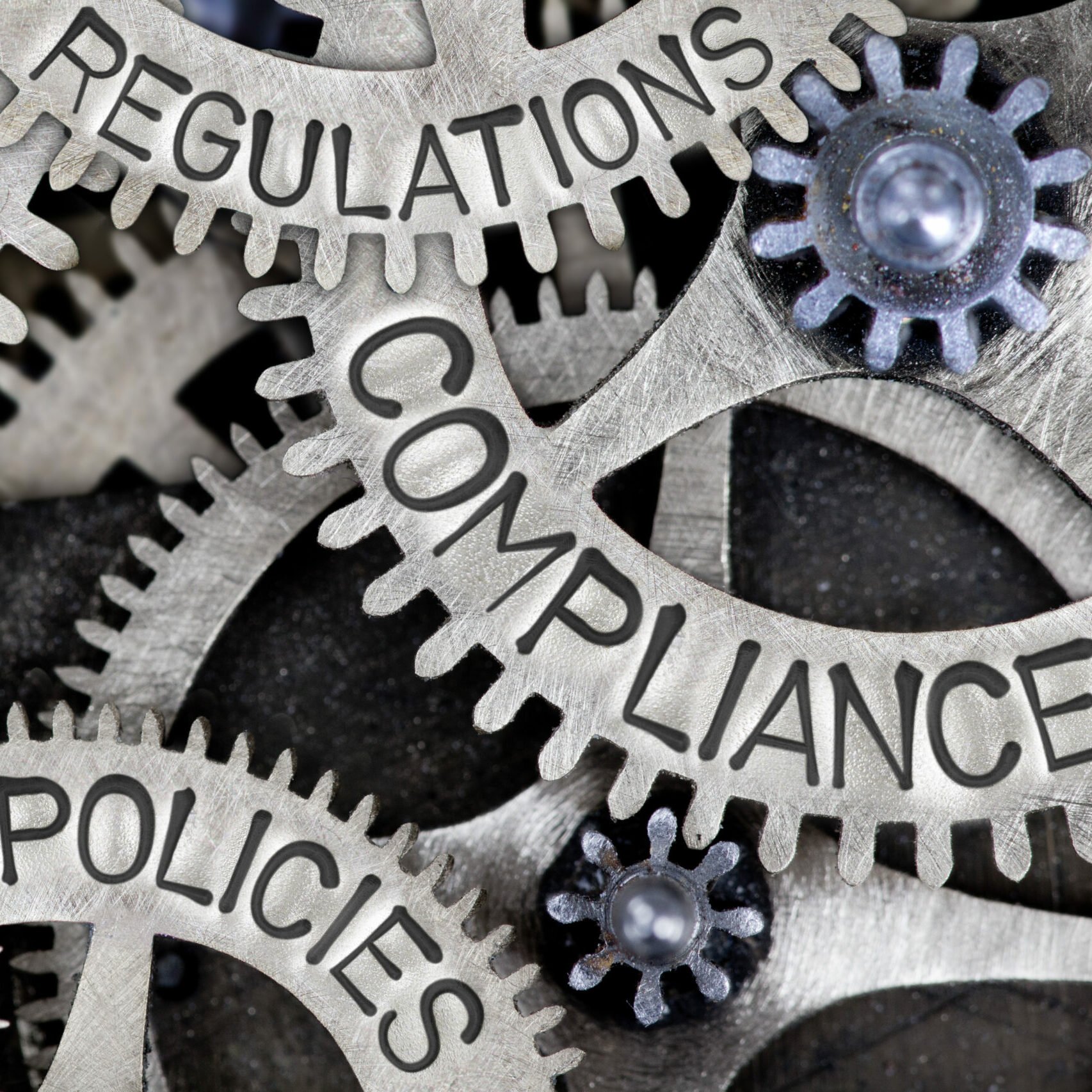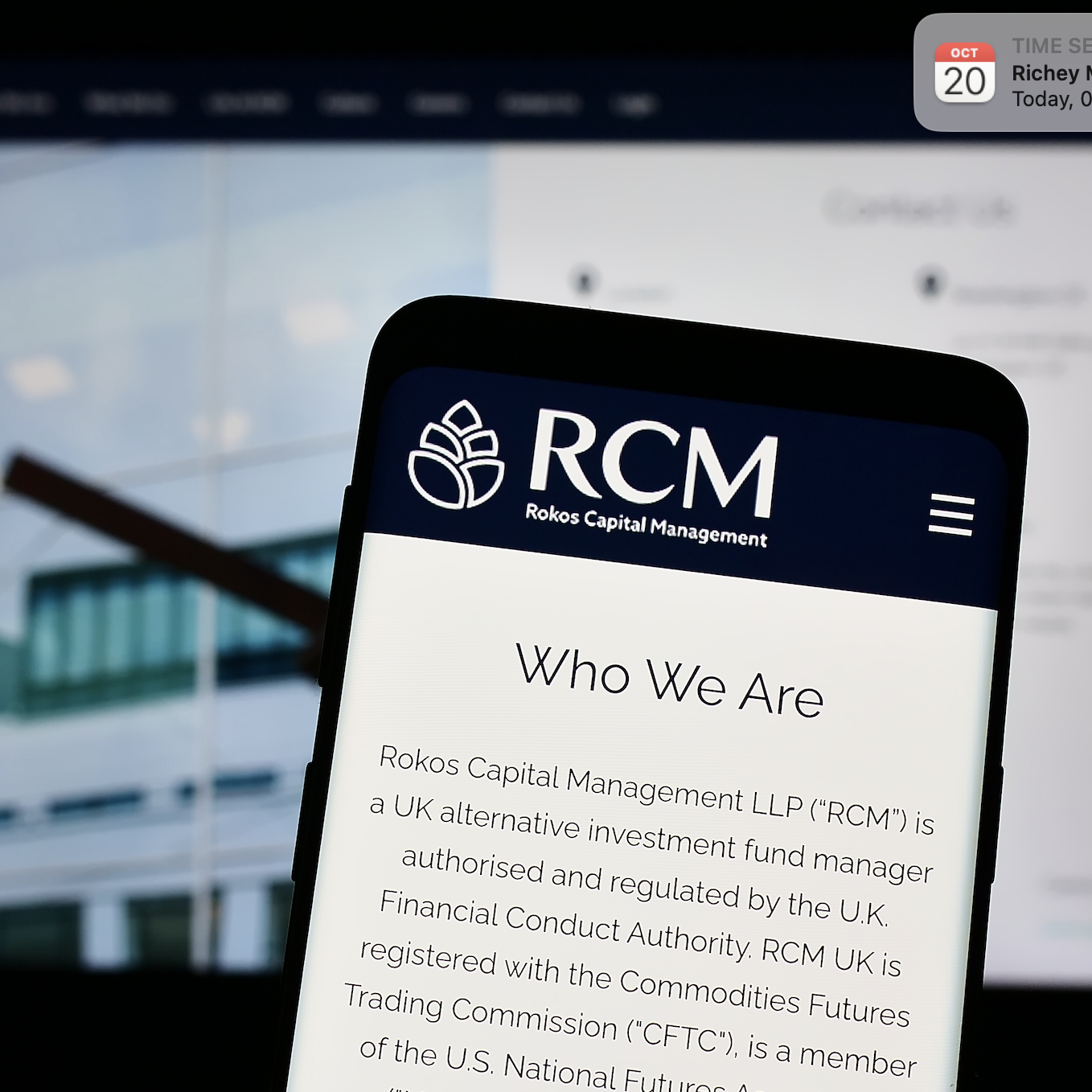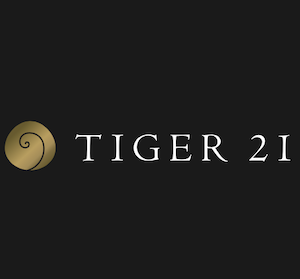The Uncleared Margin Rules (UMR) scramble may be behind us, but the need to improve and automate collateral management systems and processes remains critical…
It’s been 13 years since the passage of the Dodd-Frank Act in the US, and seven years since the first phase of UMR started going into effect for the largest entities in 2016. The final phase of UMR came in effect in September of 2022, and while UMR will never be truly “over” (new entities come into scope each year), it’s natural for many in the industry, who have been heads down working on the planning and implementation of UMR for all these years, to look up at this point and ask, “What now?”
The answer to this question may become clearer as we take a step back to look at the processes that were put in place in the rush to comply with UMR. In many cases, manual processes were stitched together to compute daily margin calls, calculate collateral amounts, settle those collateral movements, identify disputes, produce end of day (EOD) risk reporting, etc. Some of these manual processes were stacked on top of the manual processes that already existed in the pre-UMR collateral workflow. In the haste to become compliant, many organisations were forced to focus on the needed result, with less focus on how that result could be attained efficiently.
Embracing automation
So, “what now?” Well, now that we, as an industry, have done what was necessary to attain compliance, the focus turns to doing it better, with automation and efficiency becoming the hot-button topics, as firms turn to technology partners to help them move into the next phase of the collateral management journey.
A good place to start is with the daily margin call workflow itself, which too often, is dependent on a person clicking dozens, sometimes hundreds, of times to review, issue and respond to daily margin calls. In many cases, this process can be partially or completely automated.
When a margin call is received electronically, the amount of that margin call can be automatically compared to the receiving firm’s internal books and records to determine the extent to which that firm agrees, partially agrees, or disputes the call. That response can be sent back to the issuing party automatically, with no clicks needed, and the resulting collateral movement can also be booked and processed automatically.
Similarly, margin calls can also be issued automatically. As responses to those calls are electronically received, those responses can be processed automatically as well. While it’s prudent to put some parameters around this automated workflow to ensure bad data isn’t processed without sufficient oversight, it’s very possible to achieve a workflow where only those exceptions require manual intervention, resulting in a far more efficient process than we typically see today.
The mobility of collateral
Another area where it’s possible to achieve greater efficiency is in the mobility of the collateral itself. Distributed ledger technology (DLT) makes it possible to move assets 24/7, eliminating the typical afternoon rush to beat the Fed deadline. Immutable proof of settlement is also visible to all participants using this technology, making the old process of chasing down Fed reference numbers obsolete. While most in the industry aren’t quite ready (or willing) to use cryptocurrencies as collateral, there are other ways to utilise DLT and blockchain technology to achieve this kind of efficiency with collateral mobility. Tokenising assets that are already generally accepted as eligible collateral, such as treasury securities or money market funds, can be a good entry point, and the idea is gaining mainstream acceptance with ISDA publishing papers that broach the topic, and the Depository Trust and Clearing Corporation (DTCC) recently completing the acquisition of a company called Securrency, which focuses on tokenising assets on the blockchain.
While using tokenised digital assets for collateral mobility seems like the most immediate use for DLT and blockchain technology, it’s certainly not the only conceivable use case. When we think about the element that injects the most inefficiency into the daily collateral process, it’s probably dispute management, with an inordinate amount of time and effort being put into reconciling portfolios to find the root cause of differences. While AI can help to do this quicker, even when breaks are automatically highlighted, they’re still breaks. It isn’t a stretch to imagine firms using DLT and blockchain technology to define the contents of a portfolio of positions between parties, including contractual terms, such as independent amount. When the portfolio of positions on the blockchain is viewed as the single source of truth, reconciliation becomes obsolete.
While some of these applications of technology may seem futuristic, the fact is that the technology exists right now. As the dust has now settled from the UMR focus of the past decade, the industry seems primed to move more quickly in the direction of increased automation and efficiency. The future is here.








